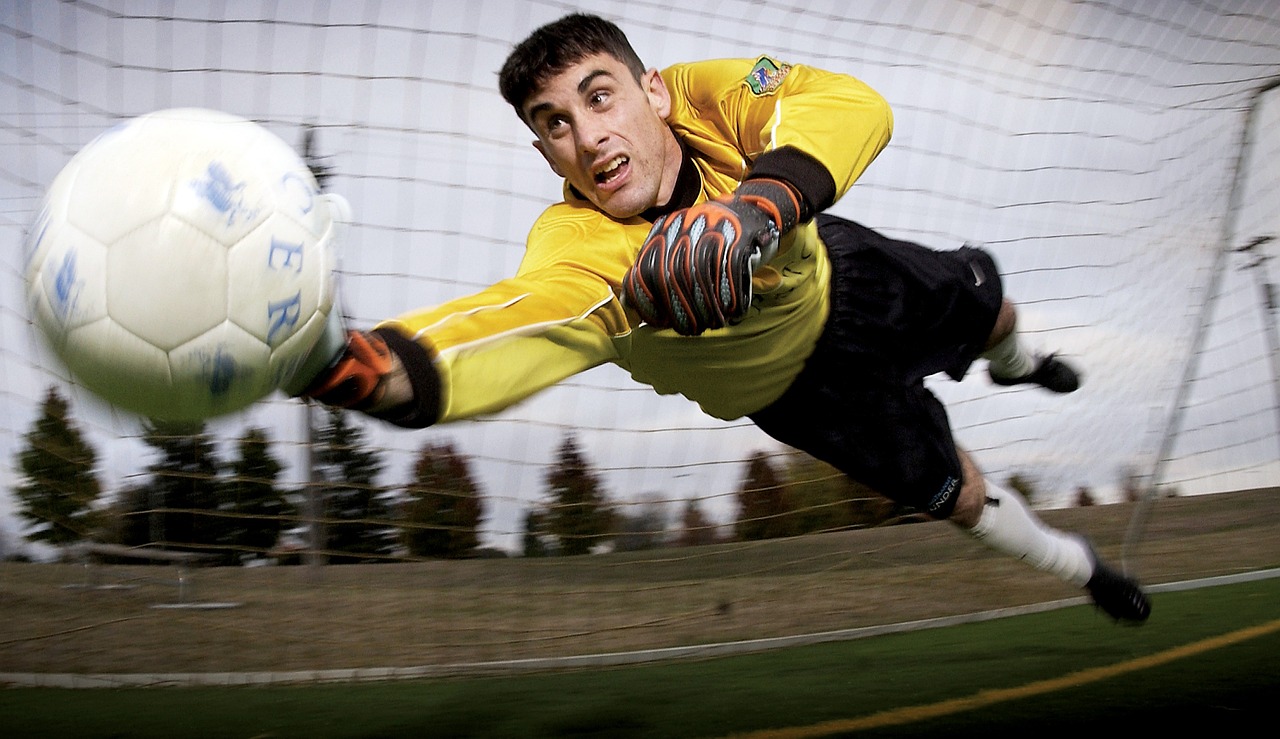A study was conducted on youth league football players by researchers at Wake Forest School of Medicine, part of Wake Forest Baptist Health. It was duly supported by several institutes like National Institute of Neurological Disorders and Stroke awards R01 NS094410 and R01 NS082453, National Center for Advancing Translational Sciences grant KL2 TR001421 as well as the Childress Institute for Pediatric Trauma at Wake Forest Baptist Medical Center.
The performance was analyzed on four physical ability tests viz – vertical jump, 40-yard dash and two agility drills. In addition to this, on-field head impact data was also taken in consideration by the researchers. This data was sourced from all practices and games in one season for 51 players of age 9 to 13. These players were none other than the members of four teams in leagues in the same region operating under the same national youth football organization. In total 13,770 head impacts were measured with the Head Impact Telemetry (HIT) System. It included the sensors embedded in football helmets and a sideline data-collection unit plus a video-confirmation component.
Also read – How to measure your vertical jump at home
According to the research it was the higher vertical jumping ability and faster times in speed and agility drills that were mainly found associated with higher head impact exposure. This was especially in games as compared to practices. That had urged several players to check out the top 3 best vertical jump programs to improve their vertical jump.
The study revealed that all four physical performance measures were significantly correlated with mainly two aspects viz- (a) total number of head impacts measured during practices and games over the course of a season and (b) the risk-weighted cumulative exposure measured during games. The strongest relationships were seen between 40-yard dash speed and the risk-weighted cumulative exposure measured during games. It was observed that the relationships between physical performance measures and head impact exposure during practices were not that strong as compared to those with head impact exposure during games.


